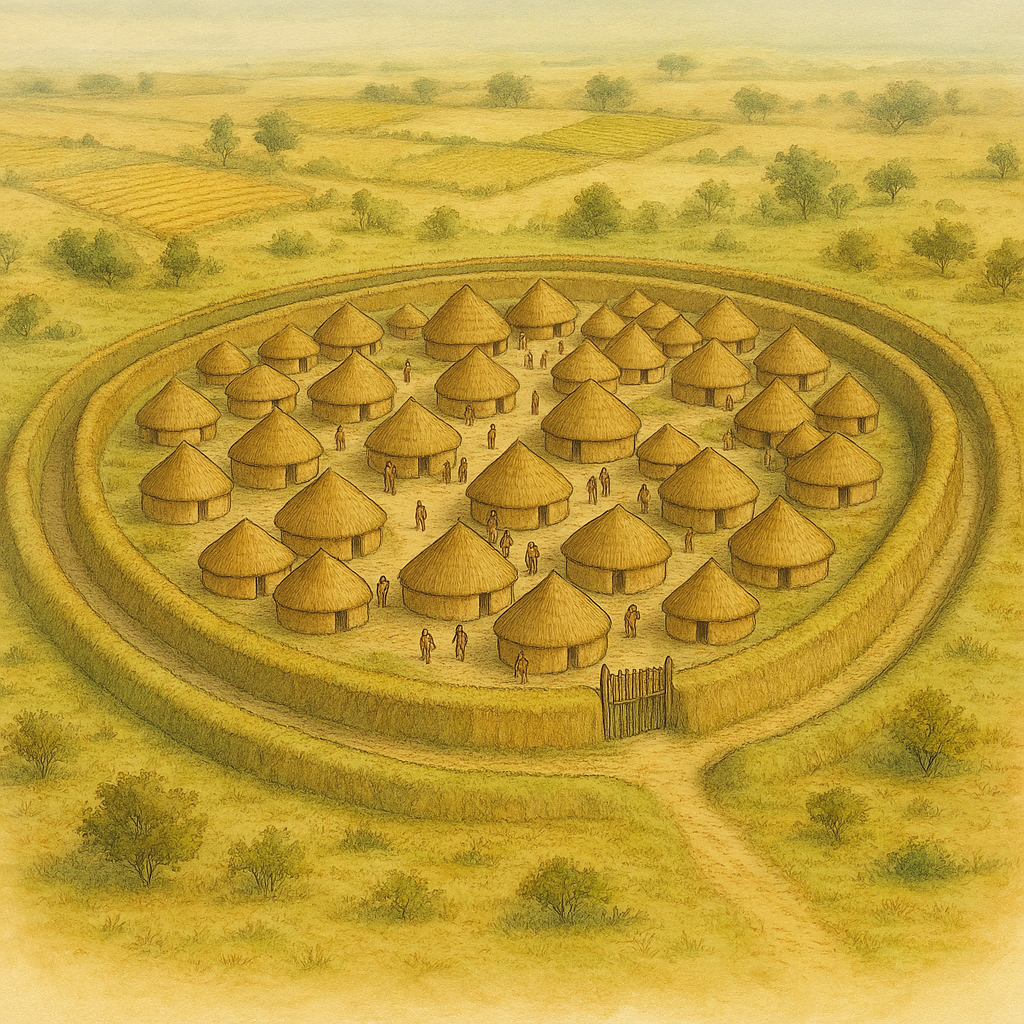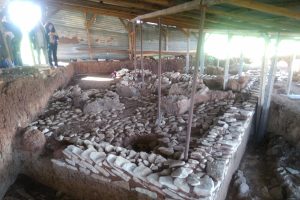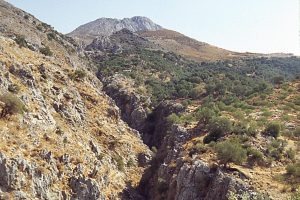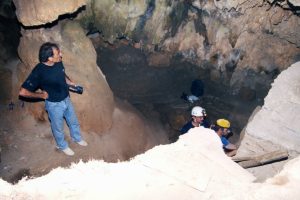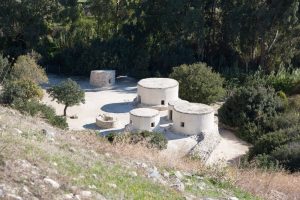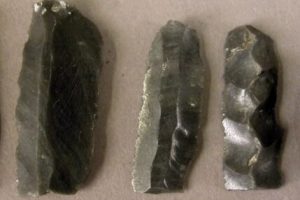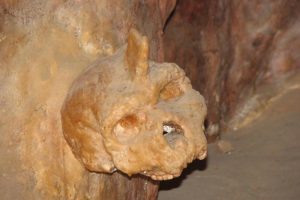Exploring the Neolithic Settlement of Northern Greece
The Neolithic site of Makriyialos, located in the region of Pieria near the Thermaic Gulf, offers a fascinating glimpse into life in Northern Greece between 5500 and 4500 BC. Far from being a simple village, Makriyialos was one of the largest known Neolithic settlements in the region, covering an estimated 50 to 60 hectares. Archaeological research has revealed a carefully organized settlement with traces of multiple occupation phases, suggesting a long-standing and stable community. The people of Makriyialos lived in well-structured compounds and built ditches around parts of the site, indicating a thoughtful approach to communal planning.
Daily life centered on agriculture and animal husbandry, with clear evidence that the community raised sheep, goats, and cattle, while also cultivating crops like barley and wheat. The discovery of stone tools, pottery, and domestic equipment shows that residents had developed a well-rounded material culture suited to both survival and comfort. Excavations have also uncovered areas that appear to have been used for specialized tasks such as tool-making, and the presence of obsidian from the island of Melos points to long-distance trade connections across the Aegean.
Burials found within the site suggest that Makriyialos residents had specific practices for honoring the dead, although the evidence does not point to elaborate rituals. Shell ornaments and selected grave goods hint at symbolic gestures tied to community and memory. Altogether, Makriyialos paints a picture of a well-connected, well-organized Neolithic society that was both practical and deeply rooted in its landscape.
AI Generated Picture


